Optimal Timing for Waterproofing Projects
Waterproofing is most effective when performed during specific weather conditions that allow materials to set properly and provide maximum protection. The optimal time typically depends on the climate and the type of waterproofing system used. In regions with distinct seasons, it is advisable to schedule waterproofing projects during dry periods with moderate temperatures to ensure proper adhesion and curing.
In Missouri, particularly around Rolla, the best times for waterproofing are late spring and early fall. These periods usually offer consistent dry weather, which is crucial for the longevity and effectiveness of waterproofing membranes and coatings. Avoiding the rainy season and extreme temperatures helps prevent issues such as peeling, cracking, or incomplete curing.
Spring provides moderate temperatures and less humidity, ideal for waterproofing projects before the summer heat begins.
Fall offers cool, dry weather that supports proper curing and long-lasting protection.
Winter and summer months pose challenges due to extreme cold or heat, which can compromise waterproofing effectiveness.
Ideal conditions include low humidity, no rain forecast, and temperatures between 50-85°F (10-29°C).
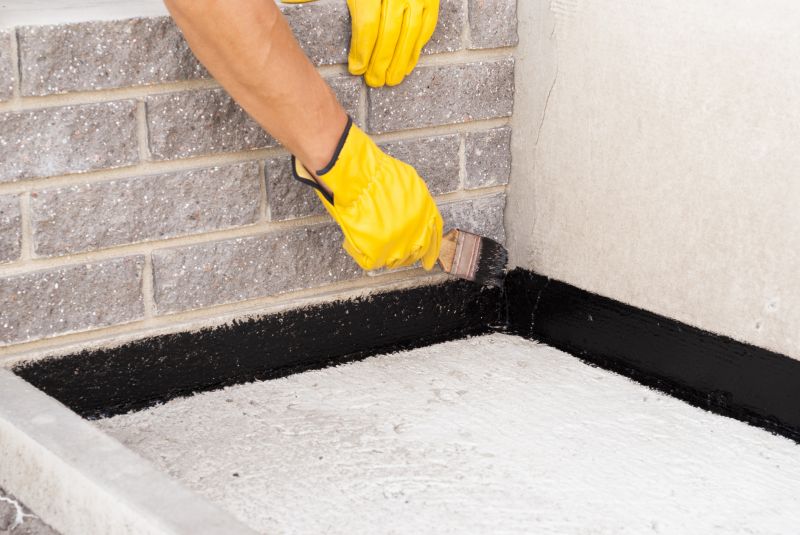
Ways to make Waterproofings work in tight or awkward layouts.
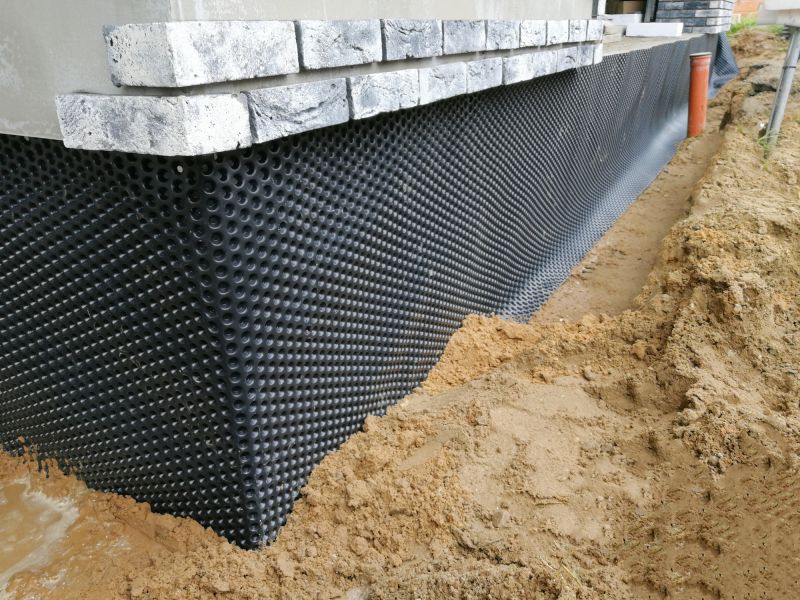
Popular materials for Waterproofings and why they hold up over time.
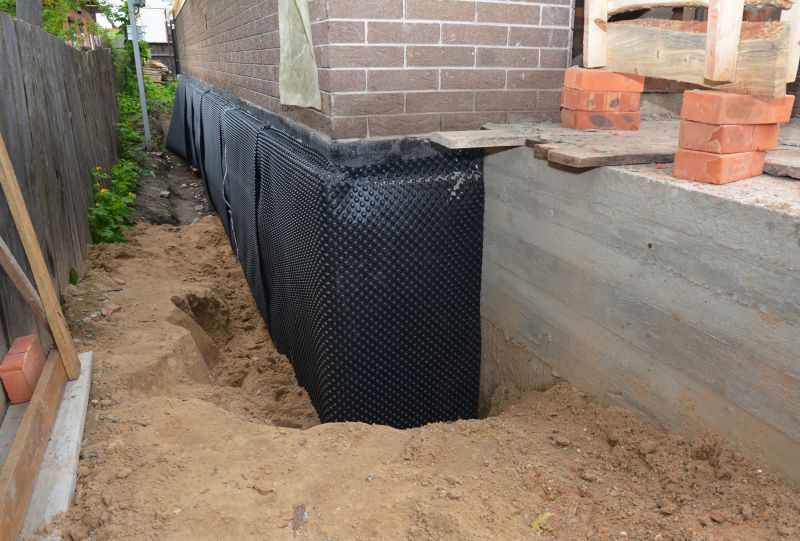
Simple add-ons that improve Waterproofings without blowing the budget.
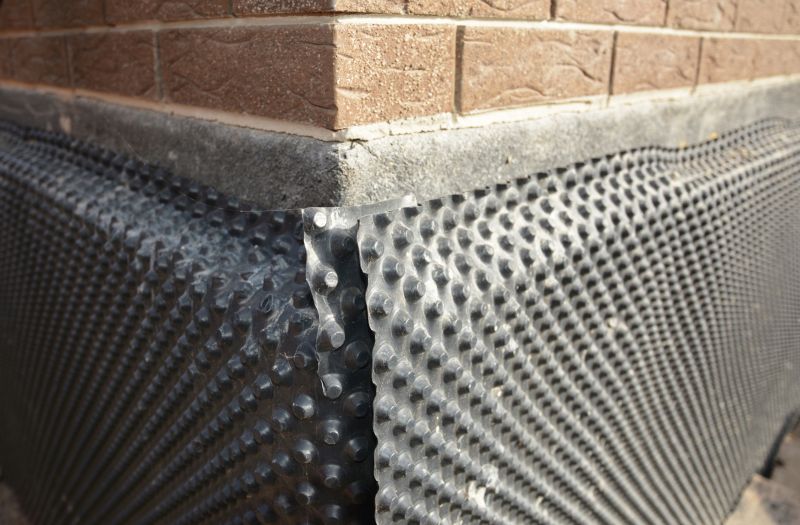
High-end options that actually feel worth it for Waterproofings.

Finishes and colors that play nicely with Waterproofings.
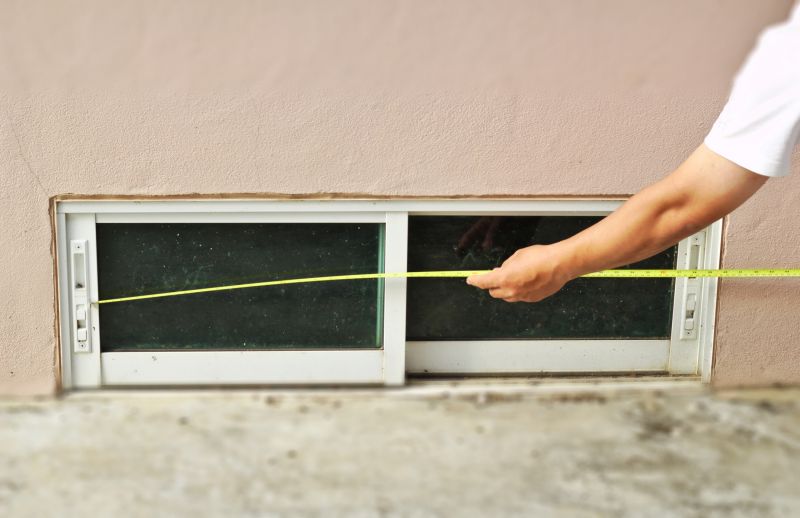
Little measurements that prevent headaches on Waterproofings day.
| Season | Ideal Conditions |
|---|---|
| Spring | Moderate temperatures, dry weather, low humidity |
| Summer | High temperatures, risk of rain and humidity |
| Fall | Cool, dry weather, optimal for curing |
| Winter | Cold temperatures, potential for frost, not recommended |
Waterproofings play a critical role in protecting structures from water intrusion, which can lead to structural damage, mold growth, and reduced lifespan of building components. Properly applied waterproofing systems can prevent costly repairs and maintain the integrity of foundations, roofs, and basements. Studies indicate that waterproofing failures are often linked to improper timing and unsuitable weather conditions during application.
Understanding the best timing for waterproofing ensures that materials adhere correctly and perform effectively over time. Scheduling during favorable weather conditions minimizes risks such as peeling, cracking, or incomplete curing, thereby extending the service life of waterproofing systems.
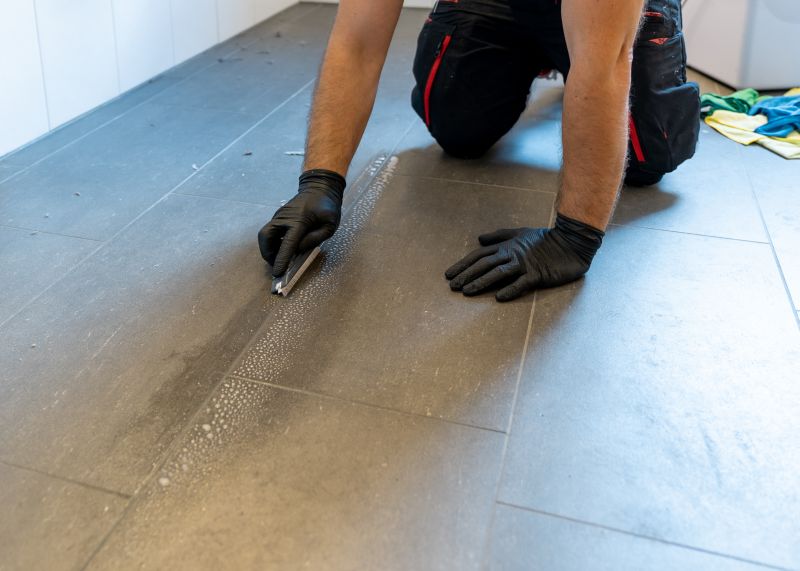
A 60-second routine that keeps Waterproofings looking new.

A frequent mistake in Waterproofings and how to dodge it.
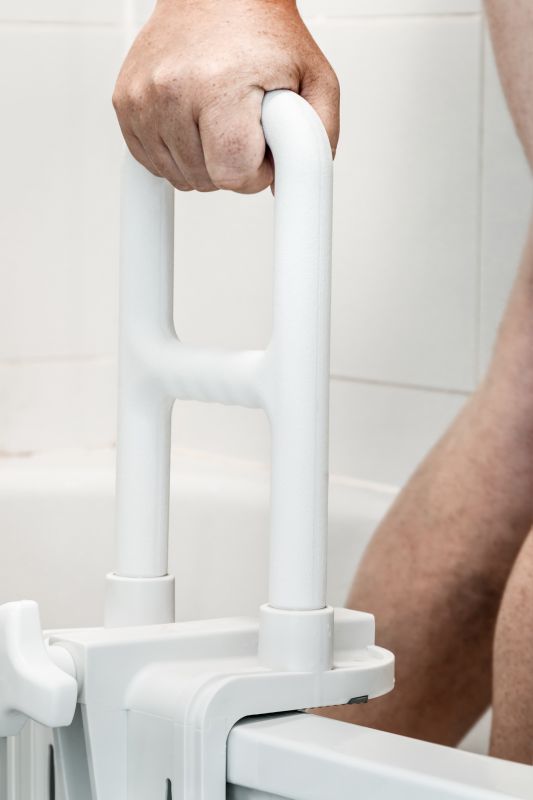
Small tweaks to make Waterproofings safer and easier to use.
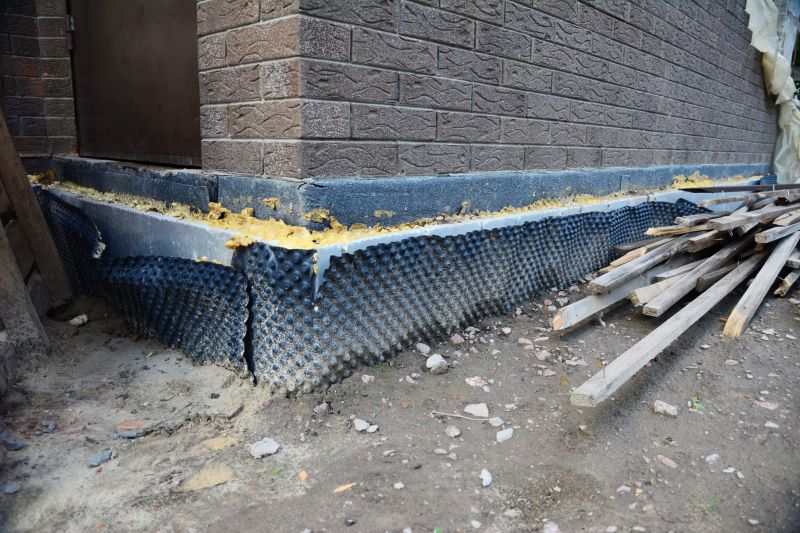
Lower-waste or water-saving choices for Waterproofings.
Interested parties are encouraged to contact for further information or to schedule waterproofing services. Proper timing and application techniques are essential for ensuring the durability and effectiveness of waterproofing systems, protecting properties from water damage over the long term.



